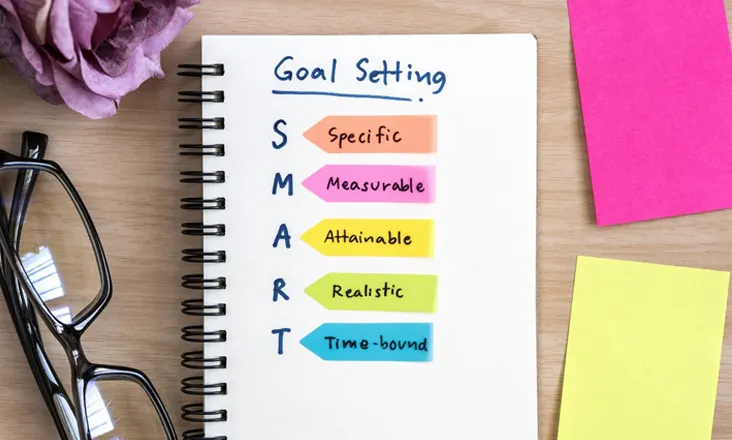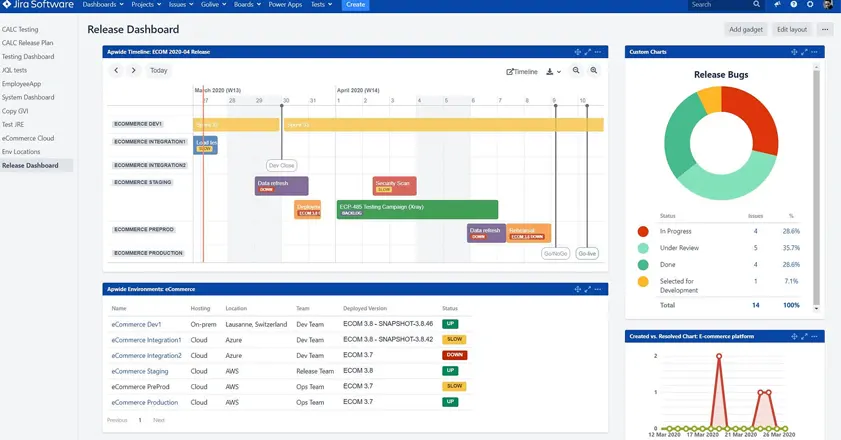Building strong remote teams is essential for any business success. Collaborating with tech freelancers offers numerous advantages but also presents unique challenges in team cohesion and communication. This article explores best practices for creating strong collaboration within remote teams in order to ensure productivity and engagement.

Establish clear communication channels
Choosing the right tools it’s crucial for effective communication is the backbone of any remote team. Selecting the appropriate tools ensures team members can collaborate efficiently. Messaging platforms like Slack or Microsoft Teams facilitate real-time communication. Video conferencing platforms such as Zoom or Google Meet enable face-to-face interactions. Try to set communication guidelines and establish clear expectations regarding communication frequency, response times and preferred channels to prevent misunderstandings.
Foster team cohesion
Engage team members through purposeful virtual activities designed to build relationships and trust. These initiatives help replicate the social aspects of an office, essential for a cohesive remote team.
- Online interactive games: organize virtual game sessions or team challenges to foster camaraderie and teamwork
- Virtual coffee breaks: schedule informal video calls where team members can socialize and discuss non-work topics
Maintain strong connections by scheduling regular one-on-one meetings and team gatherings. Consistent communication ensures everyone stays aligned and any concerns are addressed promptly.
- One-on-one meetings: provide personalized support and feedback opportunities.
- Team meetings: keep the entire team updated on progress and celebrate successes together.

Set clear goals and expectations
Defining roles and responsibilities: Each team member must understand their specific duties and how their work contributes to the team’s overall objectives. This clarity fosters accountability and ensures that everyone is aligned toward common goals, reducing overlap and preventing tasks from falling through the cracks.
SMART goals: Implementing the SMART framework (Specific, Measurable, Achievable, Relevant and Time-bound) provides a structured approach to goal setting. By defining clear objectives, measuring progress with quantifiable indicators, setting realistic and attainable targets, ensuring relevance to the broader mission and establishing clear deadlines, teams can enhance focus and productivity. This method helps remote teams stay organized and motivated, leading to more successful outcomes.

Embrace cultural diversity
Working with European tech freelancers brings a wealth of diverse perspectives and experiences to your team. Each individual offers unique insights shaped by their cultural backgrounds, which can enhance creativity and innovation within your projects. To fully benefit from this diversity, it’s essential to foster cultural awareness and sensitivity among all team members. Encourage open discussions about different customs, traditions and working styles. Providing cultural competency training can also help team members understand and respect each other’s differences, leading to stronger collaboration and a more cohesive team dynamic.
Time zone variations, often seen as a challenge in remote work, can actually be turned into a strategic advantage. By embracing these differences, you can implement “follow-the-sun” workflows, where work progresses continuously as it moves across time zones. This approach ensures that your projects are moving forward around the clock, reducing turnaround times and increasing responsiveness. To make the most of this, establish clear handover processes and ensure that team members are aware of each other’s schedules. Using shared calendars and communication tools can help coordinate efforts and maintain productivity.

Provide the right tools and resources
Implementing robust project management software like Asana, Trello or Jira allows you to organize tasks, set deadlines and track progress in real-time. These platforms provide a centralized space where team members can view their responsibilities, update task statuses, and collaborate on deliverables. They also offer features like file sharing, commenting, and notifications, which keep everyone informed and engaged. By utilizing these tools, you ensure that projects stay on track and that team members are accountable for their contributions.
Collaboration platforms
For seamless collaboration, it’s essential to use platforms that facilitate real-time communication and document sharing. Tools like Google Workspace and Microsoft 365 enable team members to co-edit documents, spreadsheets, and presentations simultaneously. This real-time interaction reduces delays and misunderstandings, as everyone is working with the most up-to-date information. Features like cloud storage ensure that all files are accessible from anywhere, promoting flexibility and continuity in your team’s workflow.

Encourage feedback and open communication
Creating an environment where open communication is valued encourages team members to share ideas, voice concerns and contribute to continuous improvement. Transparency and openness are key to building trust within a remote team.
Regularly request of feedback helps you identify areas where the team can improve processes or address challenges. This can be done through scheduled meetings, anonymous surveys or suggestion boxes. Actively seeking input from team members demonstrates that you value their perspectives and are committed to enhancing their work experience. Implementing their suggestions when feasible also boosts morale and engagement.
Even in a virtual setting, maintaining an open-door policy is vital. Encourage team members to reach out whenever they have questions, ideas or concerns. This can be facilitated through regular check-ins, accessible communication channels and a culture that promotes psychological safety. When team members feel comfortable speaking up, it leads to better problem-solving, innovation and a more cohesive team environment.

Invest in professional development
Supporting the growth and development of your team members not only enhances their skills but also contributes to higher job satisfaction and retention. Continuous learning keeps your team adaptable and competitive in a rapidly changing industry.
Offer opportunities for team members to develop new skills relevant to their roles. This can include access to online courses, webinars, certifications or workshops. By investing in their professional growth, you empower them to take on new challenges and bring fresh ideas to your projects. It’s also beneficial to create personalized development plans that align with both the individual’s career goals and the organization’s objectives.
Encourage a culture of knowledge sharing where team members can share their expertise and learn from one another. This can be facilitated through internal webinars, virtual lunch-and-learn sessions or collaborative projects. Knowledge sharing promotes cross-functional understanding and fosters a sense of community within the team. It also maximizes the collective intelligence of the group, leading to more innovative solutions.
Monitor performance and celebrate successes
Regularly assessing performance and acknowledging achievements are essential for maintaining motivation and driving continuous improvement within your team.
Conduct periodic performance evaluations to assess both individual and team progress toward goals. These reviews provide an opportunity to offer constructive feedback, recognize accomplishments and set new objectives. They help ensure that everyone is aligned with the organization’s expectations and can identify any support they may need. Clear metrics and KPIs should be established to provide an objective basis for evaluations.
Recognize achievements
Celebrating successes boosts morale and reinforces positive behaviors. Recognition can take many forms, from public acknowledgment during team meetings to more formal rewards or incentives. Celebrating milestones, whether big or small, shows team members that their hard work is valued and appreciated. This not only increases job satisfaction but also encourages continued high performance.

Building strong remote teams requires intentional effort in fostering communication, collaboration and cultural understanding. By implementing these best practices, you create a cohesive and productive remote workforce capable of overcoming the challenges of physical separation. Collaborating with Intecfy – European Tech Freelancers Agency, you get access to top IT talent and diverse perspectives, driving innovation and giving your company a competitive edge. As remote work continues to reshape the business landscape, embracing these strategies will position your organization for long-term success in a globalized digital economy.


